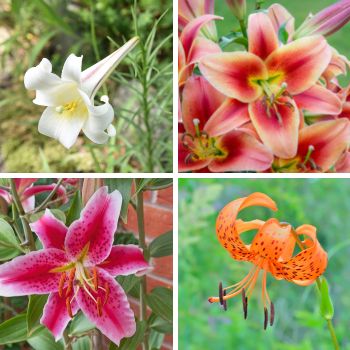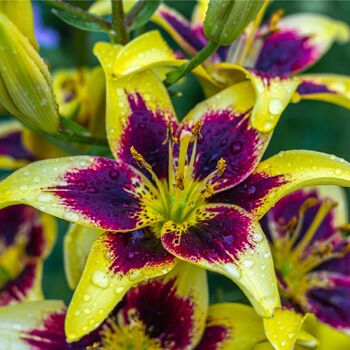Lily_
Guides
-

How to Grow Lily Bulbs
A comprehensive guide on how to grow Lily; including soil preparation and position, when and how to plant, when and how to harvest and common pests and diseases. View guide.
More Related Content
-

How to Grow Lilies
Liliums, also known as true lilies, bring both height and beauty to flowerbeds across all Australian regions. Here's what you need to know to grow this most elegant of perennial blooms. Read article.
-

Choosing the Right Lily For Your Garden
From delicate, wild species lilies to showy, fragrant showstoppers, this guide to lily classification will help you select the right lily for your garden. Read on for a pictorial guide to the nine divisions of lilies. Read article.
-

How to Grow Lilies from Scales
Whether you are hoping to multiply your existing lily plants, get a head start on creating the lily garden of your dreams, or just hoping to make use of some broken scales, growing lilies from scales is worth trying this growing season. Read article.

























